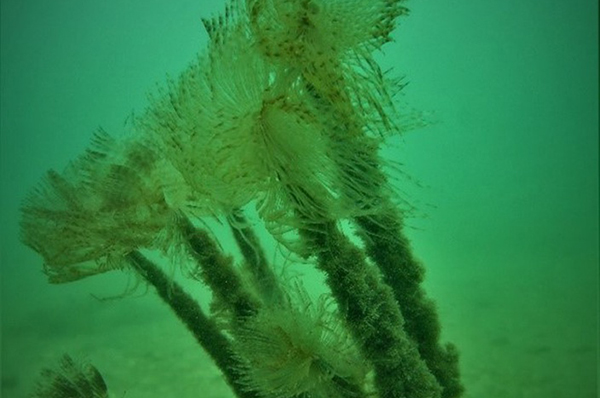Recent research from Cawthron
This year, Cawthron continues its tradition of ground-breaking science, despite the hiccups introduced by the COVID-19 pandemic. A recently published research report has documented the progression of cryopreservation for greenshell mussels and another has examined the impact of invasive Mediterranean fanworm.
In the future it is likely that cryopreservation will form an integral part of selective breeding programmes for mussels - providing a back-up of material year-round should breeding stocks be lost due to disease or severe weather events, as well as the creation of reference lines.
Meanwhile, a Cawthron study has found evidence of subtle negative impacts from invasive fanworms. More research is needed, but this knowledge would enable an assessment of the threat widespread incursions might represent for New Zealand’s ocean economy and environment.
Cawthron progresses cryopreservation for greenshell mussels
Globally aquaculture is one of the fastest growing food production sectors. Over 50% of fish, shellfish, crustacea and aquatic plants in our food supply now come from aquaculture and this trend in growth is projected to continue. Sustained growth of the sector requires hatchery production to underpin the supply of juveniles for on growing. Alongside of this are selective breeding programmes.
In an MBIE-funded Shellfish Aquaculture Research Programme, Cawthron researchers and collaborators at the Spanish University of Vigo set out to develop a reliable protocol for freezing veliger larvae of greenshell mussels.
Cryopreservation can be a useful tool for breeding programmes because it provides a backup of germplasm for breeders to go back to, should breeding stocks be lost for any reason (for example, severe weather events) or should breeding objectives change (for example, selection for resilience to emerging diseases). Cryopreservation can also be used to create reference lines that can provide a benchmark between different cohorts and measure true genetic gain.
Read more >>
Cawthron study finds invasive fanworm impacts marine environment
A recently published study by Cawthron has found that the presence of invasive Mediterranean fanworm (Sabella spallanzanii), a marine pest first detected in New Zealand in 2008, has a subtle, but significant impact on soft-sediment coastal environments.
The study involved a six-month field experiment in subtidal habitats along the Rangitoto Channel in Auckland’s Waitemata Harbour. It found that the fanworm did not necessarily have an impact on the abundance of life in benthic environments, but it did show that the fanworm’s presence changed the composition of that life.
The fanworm's feeding fans and leathery protective tubes create a dense, canopy-like structure extending up to 50 cm from its base. This can change several key features of the nearby environment – blocking light, providing a habitat for other species, and changing the way water moves through the seabed. The effects of fanworm incursions in New Zealand are likely to have both environmental and economic negative impacts.
Read more >>
Date posted: 25 November 2020

